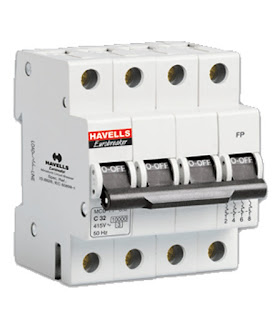What is a synchronous capacitor?
An over excited synchronous motor, running without any mechanical load, used specifically for power factor correction, is known as synchronous capacitor.
Basic Electrical Engineering : https://goo.gl/MZGsf1
Basic Electrical Engineering : https://goo.gl/MZGsf1




